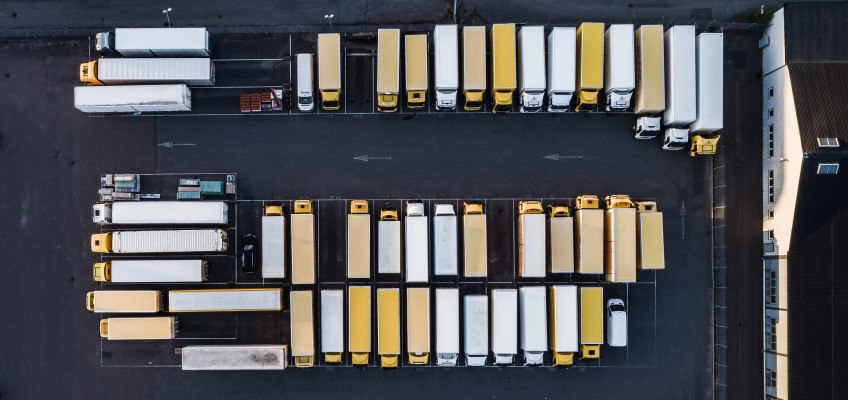Research and innovation in freight transport

This report presents the results of several studies of research and innovation (R&I) priorities within the transport sector.* By R&I priorities, we mean the distribution of resources among R&I objectives, including how resources and investments vary among organisations, industries, and countries. The studies aimed to assess whether R&I priorities in the transport sector agree with the R&I goals in the National Freight Transport Strategy: to develop better conditions for efficient, high-capacity, and sustainable freight transport. To this end, a diversity of R&I initiatives is needed.
- Forskning och innovation inom godstransporter - nationella och internationella prioriteringar
- Intervjuundersökning av innovationsföretag på godstransportmarknaden - affärsmål, strategier och omvärldsrelationer
- Underlagsrapport IVL: Innovation inom logistik och godstransporter bland transportköpare
- Summary report: Research and innovation in freight transport - national and international priorities
Sweden holds a leading position in the areas of R&I, climate action, and digitalisation. Relative to other EU member states, Sweden also makes larger investments in research and development (R&D), particularly in the transport sector. In 2020, the GDP of Sweden represented 3.7% of the EU’s collective GDP (of the 27 member states). The share of the EU’s total R&D expenditure was 5.4%, and 6.8% of the EU’s expenditure on transport R&D. Sweden’s automotive industry stands for roughly 20% of the Swedish industry’s total investments in R&D, and 80% of total Swedish R&D expenditure in the transport sector.
Compared with other EU member states, Sweden distinguishes itself with a relatively strong profile within automotive technology, energy-related technologies, infrastructure, and, in particular, in the field of connected and autonomous vehicles. Sweden has a weaker R&I profile in the area of network, control and management systems, as well as in smart services.
Chalmers University of Technology is Sweden’s largest recipient of European and national funding of transport R&I. The Swedish Transport Administration, Vinnova (Swedish innovation agency), and the Swedish Energy Agency are the three largest public investors in this field. Several R&I organisations are located in Gothenburg, including Chalmers, Research Institutes of Sweden (RISE), and the automotive industry. Together, they form a strong R&I cluster. Lindholmen Science Park acts as co-ordinator of public-private partnerships and R&I programmes in the areas of logistics and freight transport, including Tripe F and CLOSER.
Sweden’s R&I profile is in line with the government's green transformation strategy for the transport sector: (1) a more transport-efficient society, (2) more energy-efficient transport modalities, and (3) a greater share of renewable fuels. Roughly 10-20% of the public R&I expenditures goes to the areas of logistics and freight transport. By way of comparison, 8% of EU financed R&I is allocated to transport.
The development of information and communication systems for increased transport collaboration and efficiency is a central topic in European R&I. This is also, to a lesser extent, the case in Sweden where new vehicles and energy-related technologies are more dominant themes of R&I. This is particularly the case as regards investments in Swedish start-ups and scale-ups,** which focus more heavily on new energy technologies than on new digital transport markets.
* R&I includes both research and development (R&D) and innovation activities. R&D indicates both knowledge and business development, not necessarily with the aim of leading to new production processes or products (goods and services). Innovation activity, per definition, aims towards the latter two.
** The terms “start-up” and “scale-up” refer to new firms with new products, goods, or services. They are generally high-tech companies.
